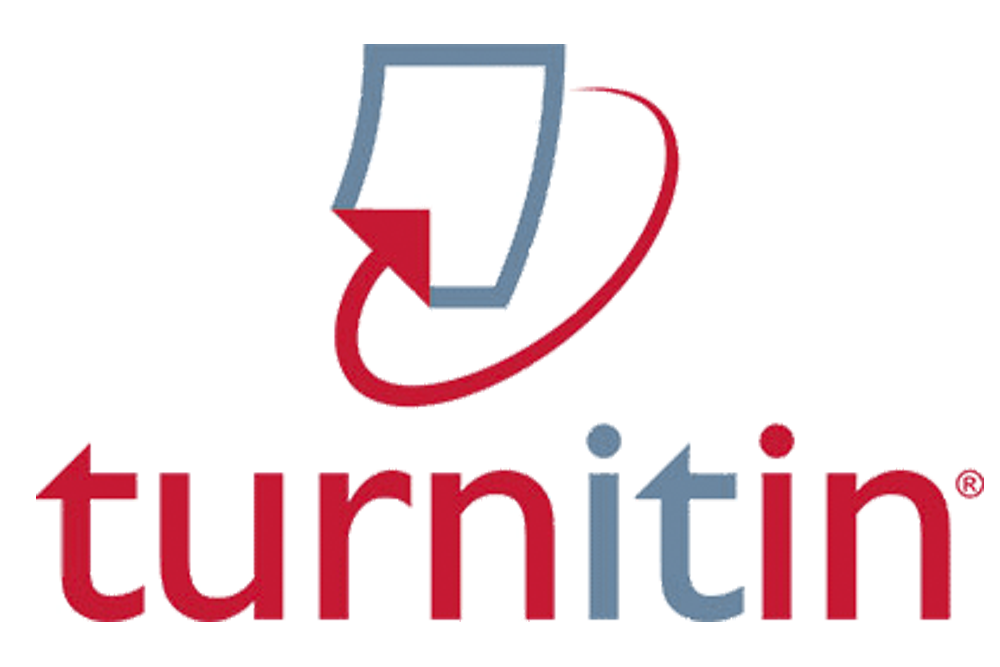Presentation of Green Open Space of Makassar City inN WebGIS
Penyajian Ruang Terbuka Hijau Kota Makassar dalam WebGIS
DOI:
https://doi.org/10.20956/geocelebes.v7i2.23930Keywords:
RTH, Makassar, WebGIS, Sistem Informasi GeografisAbstract
Green open space has three basic functions, among others, to function socially, namely as a facility for the public with the functions of recreation, education and sports, as well as establishing communication between city residents; to function physically, namely as the lungs of the city, protecting the water system, soundproofing, fulfilling visual needs, restraining the development of built-up land/as a buffer, and protecting city residents from air pollution; and functions as an aesthetic that is a binder between building elements in the city, a giver of characteristics in shaping the face of the city, and an element in the arrangement of urban architecture. Law No. 26 of 2007 concerning Spatial Planning, it is explained that the spatial planning of the city area must include a plan for the provision and utilization of green open space which covers at least 30% of the city area consisting of 20% public green open space and 10% consisting of private green open space. . But in reality, there are still many big cities that are not difficult to achieve the provisions of the law. This research will identify green open space in Makassar City by utilizing satellite image data and then presenting the green open space in the form of spatial information into a Web GIS so that it can be easily accessed openly. Based on the results of the analysis, the percentage of open green space in Makassar reached 9.08%, consisting of private green open space of 4.07% and public green open space of 5.01%.
References
Abdillah, M. Z., Nawangnugraeni, D. A., & Yuniarto, A. H. P. (2021). Geographic Information System (GIS) for Mapping Greenpark using Leaflet JS. Jurnal Teknik Informatika Kaputama (JTIK), 5(2), 259–266. https://jurnal-backup.kaputama.ac.id/index.php/JTIK/article/view/604/0
Devi, N. S., & Santosa, P. B. (2022). Analisis Geospasial Perubahan Ruang Terbuka Hijau Wilayah Kota Purwokerto dari Tahun 2013 sampai 2020. Journal of Geospatial Informatuon Science and Engineering, 5(2), 121–131. https://doi.org/10.22146/jgise.74620
Dollah, A. S., & Rasmawarni, R. (2019). Struktur Sebaran Ruang Terbuka Hijau di Kota Makassar. Jurnal Linears. 2(1), 8–17. https://doi.org/10.26618/j-linears.v2i1.3023
Frizani, D. E., Nugraha, A. L., & Awaluddin, M. (2021). Pengembangan WEBGIS untuk Informasi Kerentanan Terhadap Ancaman Banjir. Jurnal Geodesi Undip, 10(2), 11–18. https://ejournal3.undip.ac.id/index.php/geodesi/article/view/30629
Idris, I. S. K., & Mustofa, Y. A. (2021). Monitoring Fasilitas Pertamanan Kota Gorontalo Berbasis Sistem Informasi Geografis. Jurnal Informatika. 7(1), 21–26. https://doi.org/10.26877/jiu.v7i1.5858
Imansari, N., & Khadiyanta, P. (2015). Penyediaan Hutan Kota dan Taman Kota sebagai Ruang Terbuka Hijau (RTH) Publik Menurut Preferensi Masyarakat di Kawasan Pusat Kota Tangerang. Ruang, 1(3), 101–110. https://ejournal2.undip.ac.id/index.php/ruang/article/view/78
BPK. (2007) Undang-Undang Republik Indonesia Nomor 26 Tahun 2007 Tentang Penataan Ruang. https://peraturan.bpk.go.id/Details/39908/uu-no-26-tahun-2007
Kurnianti, R., & Rahmi, D. H. (2020). Ketersediaan Ruang Terbuka Hijau dan Urban Heat Island di Kota Makassar. Jurnal Litbang Sukowati, 3(2), 150–163. https://doi.org/10.32630/sukowati.v3i2.78
LAPAN. (2017). Pleiades: Citra Satelit Resolusi Sangat Tinggi. https://inderaja-catalog.lapan.go.id/application_data/default/pages/about_Pleiades.html.
Manshur, N. H., Nugraha, A.L., & Firdaus, H. S. (2020). Analisis dan Visualiasi Kesesuaian Ruang Terbuka Hijau Kota Purwokerto Menggunakan WEBGIS. Jurnal Geodesi Undip, 9(1), 227–236. https://ejournal3.undip.ac.id/index.php/geodesi/article/view/26167/
Minister of Public Works no 5. (2008). Peraturan Menteri Pekerjaan Umum Nomor: 05/PRT/M/2008 tentang Pedoman Penyediaan dan Pemanfaatan Ruang Terbuka Hijau di Kawasan Perkotaan. Direktorat Jenderal Penataan Ruang Departemen Pekerjaan Umum.
Mukhoriyah., Sari, N. M., Sharika, M., & Hanifati, L. N. (2019). Identifikasi Ketersediaan Ruang Terbuka Hijau Kecamatan Kramat Jati Kodya Jakarta Timur Menggunakan Citra Pleiades. Jurnal Planologi, 16(2), 158–168.
Noveri, I., Najib, K., & Yusuf, M. (2020). The Analysis of Public Green Open Space Management in Jambi City. Policy & Governance Review, 4(3), 182-196. https://doi.org/10.30589/pgr.v4i3.305
Nugrahanto, P. O., Awaluddin, M., & Nugraha, A. L. (2021). Visualisasi Secara Online Ruang Terbuka Hijau Kecamatan Semarang Timur. Jurnal Geodesi Undip, 10(1),163–168. https://ejournal3.undip.ac.id/index.php/geodesi/article/view/29637
Prakoso, P., & Herdiansyah, H. (2019). Analisis Implementasi 30% Ruang Terbuka Hijau di DKI Jakarta. Majalah Ilmiah Globe, 21(1), 17–26.
Samsudi. (2010). Ruang Terbuka Hijau Kebutuhan Tata Ruang Perkotaan Kota Surakarta. Journal of Rural and Development, 1(1), 11–19. https://jurnal.uns.ac.id/rural-and-development/article/view/1836
Setyani, W., Sitorus, S. R. P., & Panuju, D. R. (2017). Analisis Ruang Terbuka Hijau dan Kecukupannya di Kota Depok. Buletin Tanah dan Lahan. 1(1), 121–127. https://journal.ipb.ac.id/index.php/btanah/article/view/17701
Sinatra, F., Azhari, D., Asbi, A. M., & Affandi, M. I. (2022). Prinsip Pengembangan Ruang Terbuka Hijau Kota Sebagai Infrastruktur Hijau di Kota Bandar Lampung. Jurnal Planologi, 19(1), 19–36.
Yanti, O. S., Purwoko, A., & Lindarto, D. (2023). Adequacy and Suitability of Green Open Space in Medan Kota District. Jurnal Ilmiah Global Education, 4(2), 747–758. https://doi.org/10.55681/jige.v4i2.849
Zubair, A. M., Tjaronge, W. M., & Ramli, M. I. (2017). Pengaruh Ketersediaan Ruang Terbuka Hijau Terhadap Iklim Mikro di Kota Makassar. https://core.ac.uk/download/pdf/77630754.pdf
Zulkarnaen G, E., Harakan, A., & Hawing, H. (2016). Prinsip-Prinsip Pembangunan Berkelanjutan Dalam Implementasi Pengembangan Ruang Terbuka Hijau di Kecamatan Ujung Pandang Kota Makassar. Jurnal Ilmu Administrasi, 5(1), 1–14. https://journal.umgo.ac.id/index.php/Publik/article/view/150
Downloads
Published
How to Cite
Issue
Section
License
Authors who publish with this journal agree to the following terms:
- Authors retain copyright and grant the journal right of first publication with the work simultaneously licensed under a Creative Commons Attribution License that allows others to share the work with an acknowledgement of the work's authorship and initial publication in this journal.
- Authors are able to enter into separate, additional contractual arrangements for the non-exclusive distribution of the journal's published version of the work (e.g., post it to an institutional repository or publish it in a book), with an acknowledgement of its initial publication in this journal.
- Authors are permitted and encouraged to post their work online (e.g., in institutional repositories or on their website) prior to and during the submission process, as it can lead to productive exchanges, as well as earlier and greater citation of published work (See The Effect of Open Access).





